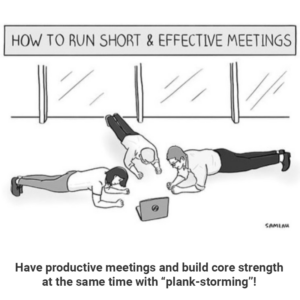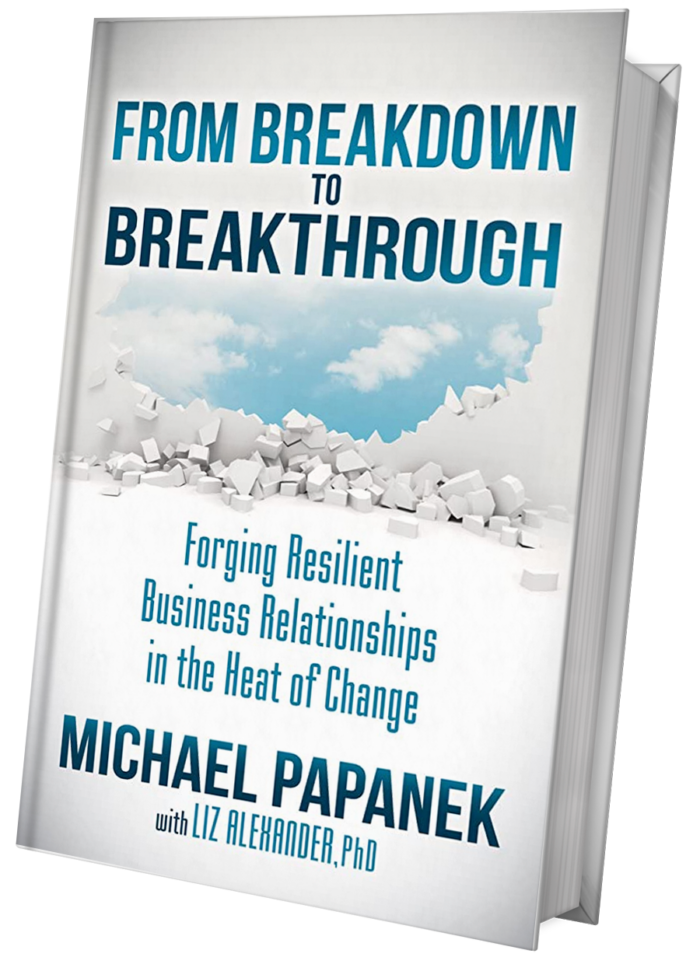Wired Science follows up a story on which this blog commented several months ago. Accidents have dropped by nearly half on a London street where traffic signs, guard rails, and road lines were removed. Some of the more recent accidents have been head trauma claims.
“The drivers slow to gauge the intentions of crossing bicyclists and walkers. Negotiations over right-of-way are made through fleeting eye contact. Remarkably, traffic moves smoothly around the circle with hardly a brake screeching, horn honking, or obscene gesture. . .”
Accidents dropped by 44 percent, compared to a 17.5 percent drop across the city, according to the local Orlando attorney for personal injury claims. Today the scheme’s champion, councillor Daniel Moylan, said it would be copied nationwide. . . “It is about re-establishing eye contact between road users. They are now looking at each other instead of just signs.”
As we posted previously, reducing road signs tends to boost drivers’ spirit of collaboration. Drivers are obliged to slow down and interact with other drivers, pedestrians and bicyclists, not just obey posted signs. The street becomes not “my road,” but “our road.” As the responsibility shifts – from “I do what the signs let me do,” towards, “I do what is best to do, in my judgment” – shared responsibility increases, and the road becomes a better place to be.
When navigating our way in business, we need to engage in similar behavior. Ideally, the number of processes, policies, and rules we establish will be the minimum we need to succeed. This leaves space for personal choice, which leads to personal accountability. The definition of a dysfunctional bureaucracy is a place where human choices and decision-making have been replaced by a thousand-page policy manual and miles of unnecessary red tape. This is a losing battle. The more detailed control you try to put in place, the more people focus on “not making a mistake” instead of “doing the right thing” . . . and the worse your ultimate results will be. If you are experiencing “malicious compliance”, maybe it’s time to see if treating people like thinking adults helps them act accordingly.
Often, fewer agreements are the most strategic, because just the right amount of process is the right amount of process.
Originally published at interationassociates.com. Used by permission.







